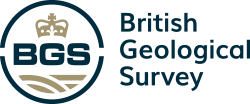Extracting formation temperatures from stalagmites
BGS’s Andrew Smith explores the karstic depressions of northern Spain in the quest to create a palaeothermometer.
14/08/2024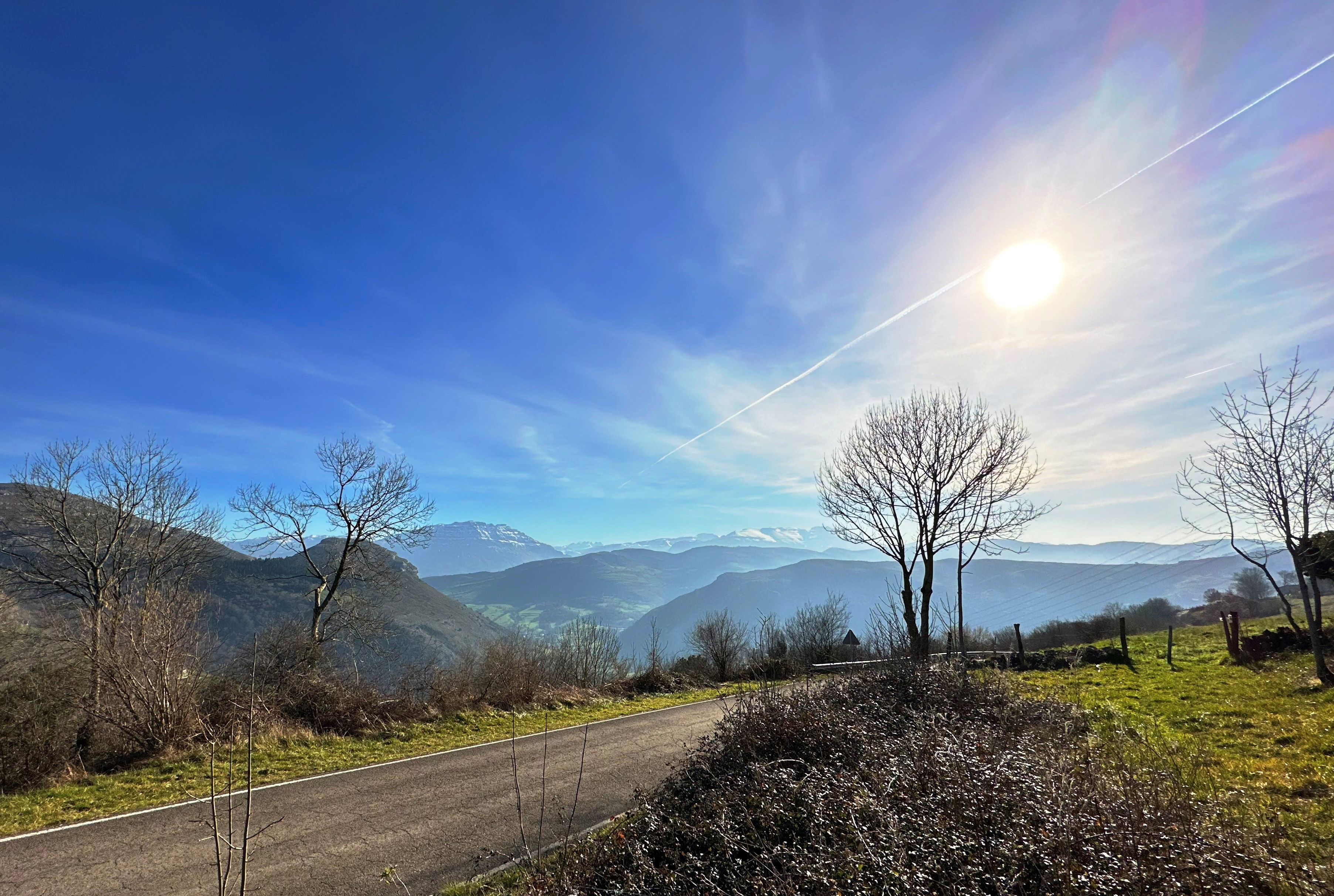
As part of our NERC ‘Exploring the frontiers’ grant, Dr Peter Wynn of Lancaster University and I have been out undertaking fieldwork in the Matienzo valley in northern Spain. The Matienzo valley is a fantastic karstic depression; it’s over two million years old and contains hundreds of kilometres of natural cave systems. Beyond its fantastic history of use as a repository for scientific data, the region is also heavily used by recreational cavers and cave explorers.
Our current work is focused on a small cave system called Llanio, just outside the main Matienzo karst depression. The work aims to develop a novel method for extracting cave speleothem (stalagmite) formation temperatures.
Cave temperatures
Caves have stable annual temperatures, only fluctuating within one degree over the annual cycle. This stable temperature reflects the average external annual temperature very accurately. For this reason, the development of a palaeothermometer from speleothem carbonate has been something of a ‘holy grail’ for palaeoclimate scientists over the last 50 or more years.
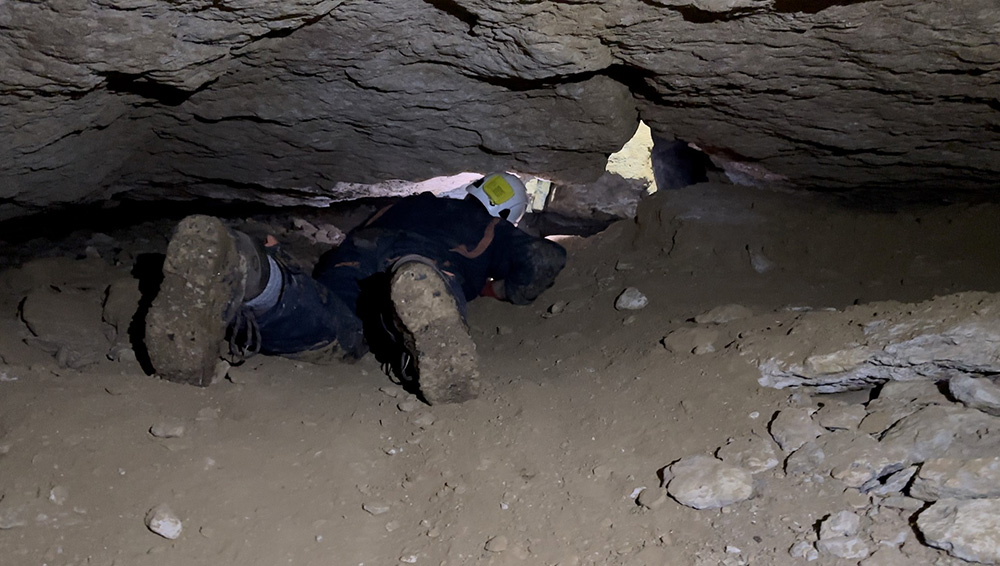
Crawling our way into the Llanio cave system, pushing our bags and all our sampling kit in front of us. BGS © UKRI.
The entrance to Llanio involves a flat-out crawl for several metres before some more small passages lead into the larger sections of the cave, where our water and speleothem sampling takes place. This spring, the crawl was made even worse than normal as the entrance had numerous large spiders in residence and the remains of some unidentifiable animal that we had to crawl over on both the way in and way out of the cave!
Inside the caves
Once we entered the cave, we had an excellent and productive research trip. We were able to collect numerous water samples and extract the phosphate from them using an in-cave chemical extraction method. The data from these samples will be compared to what we would expect at the known cave temperature. We also collected some already-broken calcite, which we will dissolve later back in the BGS Stable Isotope Facility.
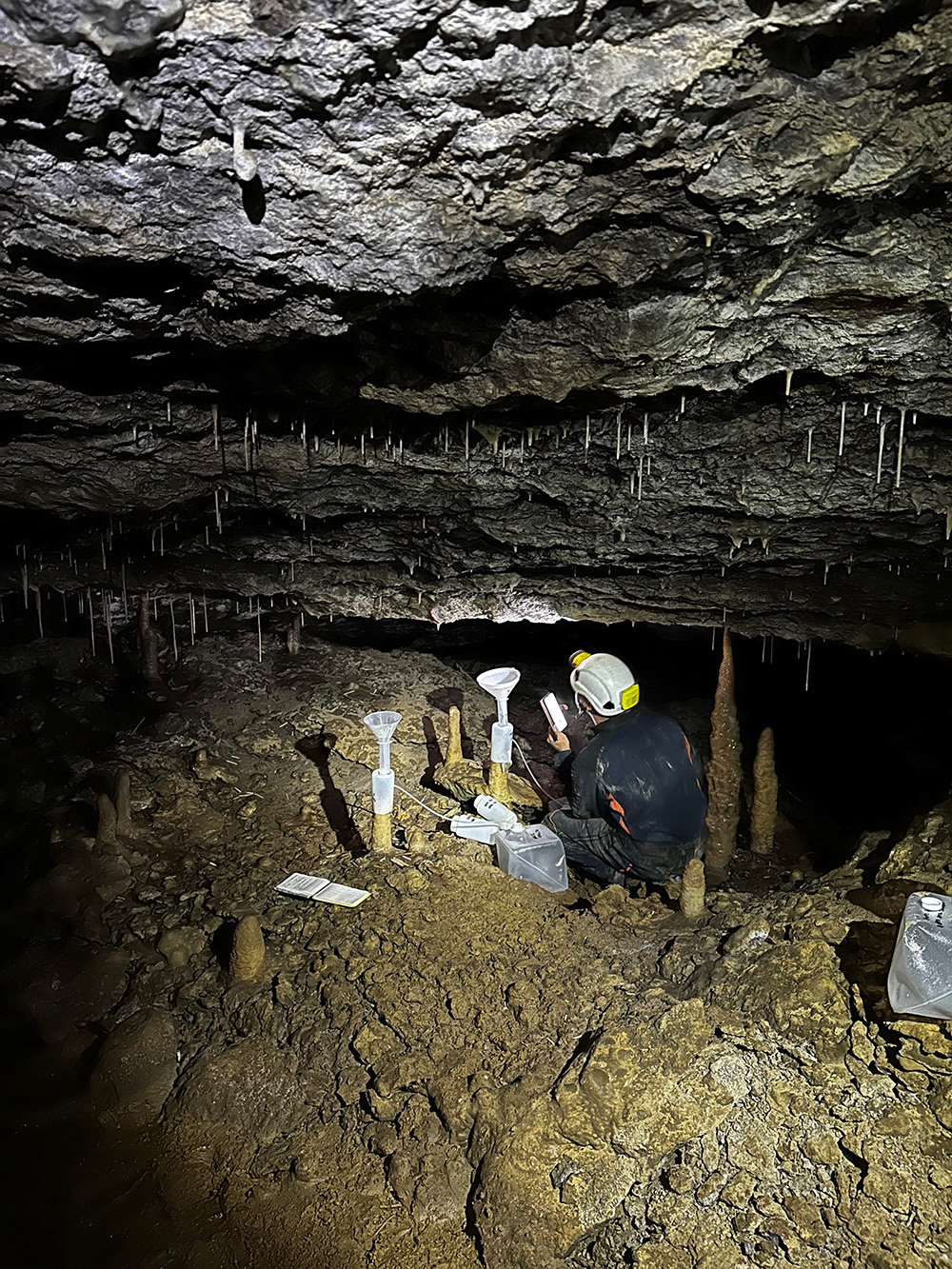
Peter undertaking some chemistry measurements from the drip waters we are collecting as they percolate into the cave. BGS © UKRI.
Further work
All these samples will be collated with samples that have been sent to us from collaborators from around the world, to see if we can use our new method to develop a reliable cave palaeothermometer in the BGS laboratories.
About the author
Dr Andrew Smith

Dr Andrew Smith
Isotope geochemist
Relative topics
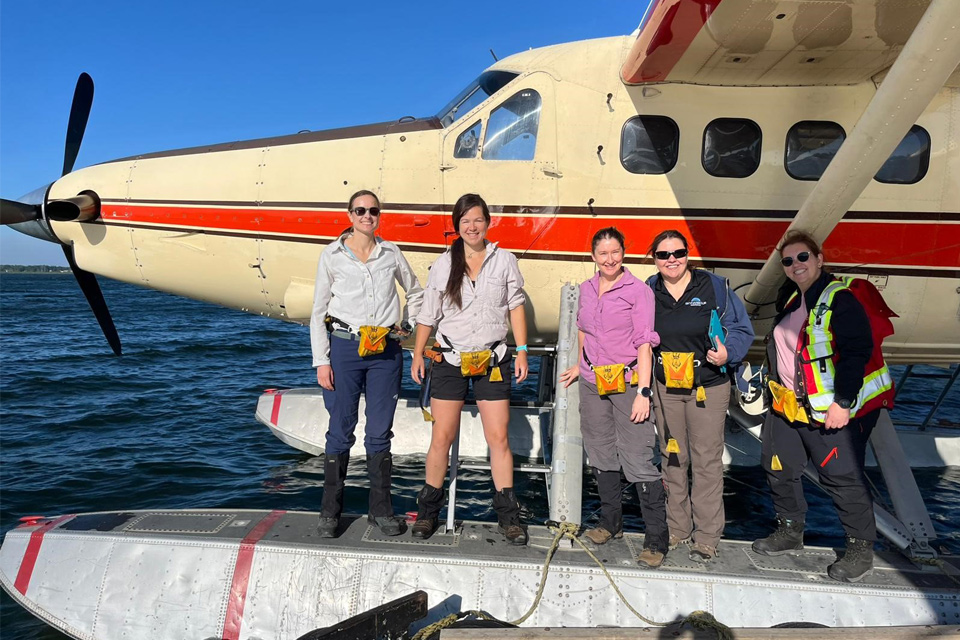
Funding awarded to UK/Canadian critical mineral research projects
08/07/2025
BGS is part of a groundbreaking science partnership aiming to improve critical minerals mining and supply chains.
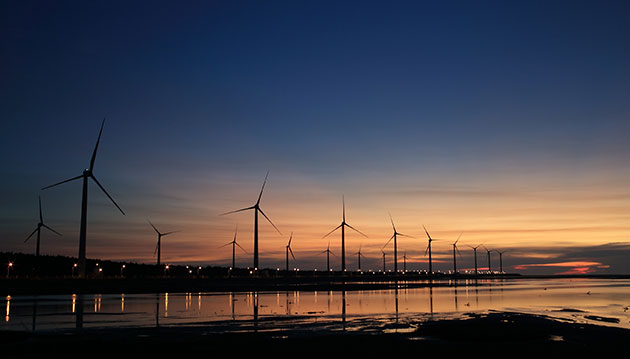
Goldilocks zones: ‘geological super regions’ set to drive annual £40 billion investment in jobs and economic growth
10/06/2025
Eight UK regions identified as ‘just right’ in terms of geological conditions to drive the country’s net zero energy ambitions.

BGS scientists join international expedition off the coast of New England
20/05/2025
Latest IODP research project investigates freshened water under the ocean floor.

New interactive map viewer reveals growing capacity and rare earth element content of UK wind farms
16/05/2025
BGS’s new tool highlights the development of wind energy installations over time, along with their magnet and rare earth content.
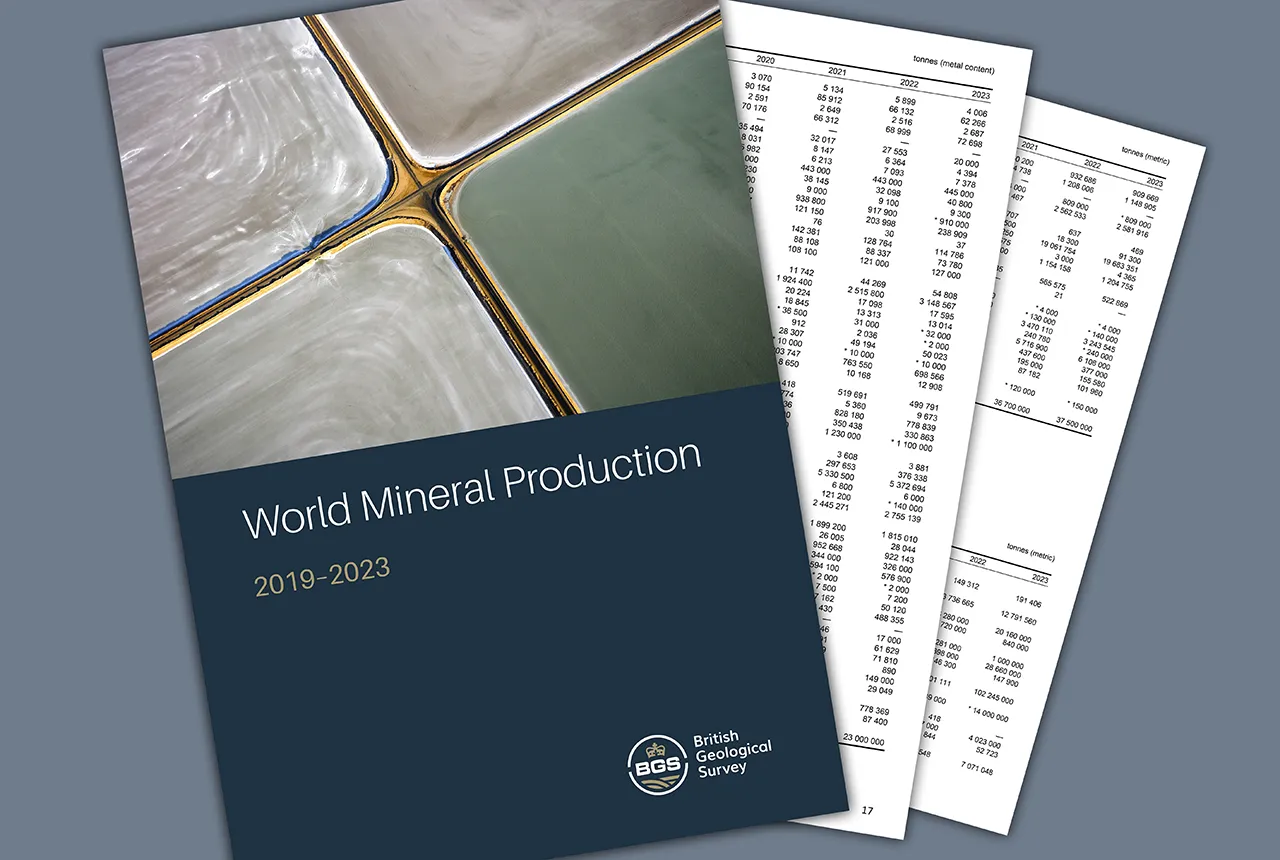
Latest mineral production statistics for 2019 to 2023 released
28/04/2025
More than 70 mineral commodities have been captured in the newly published volume of World Mineral Production.
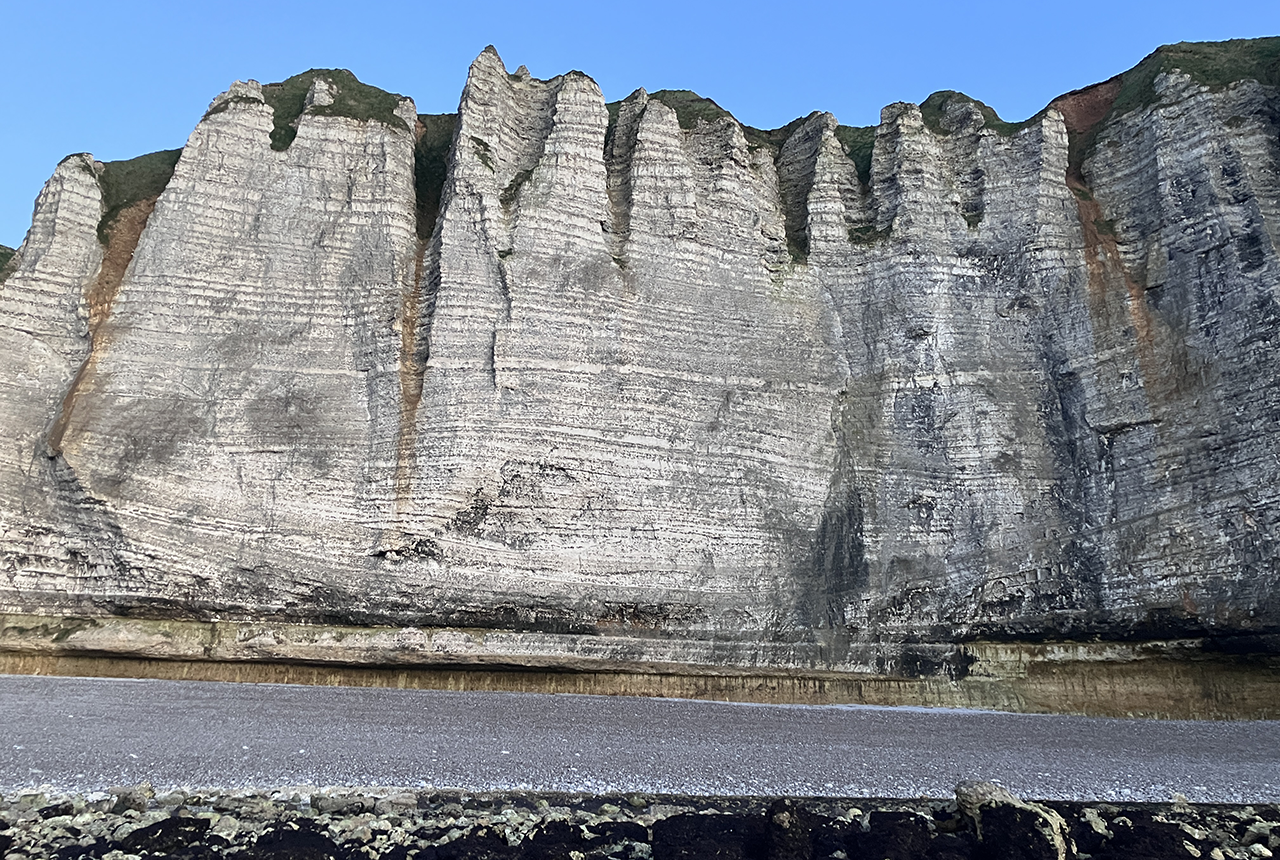
Geology sans frontières
24/04/2025
Geology doesn’t stop at international borders, so BGS is working with neighbouring geological surveys and research institutes to solve common problems with the geology they share.
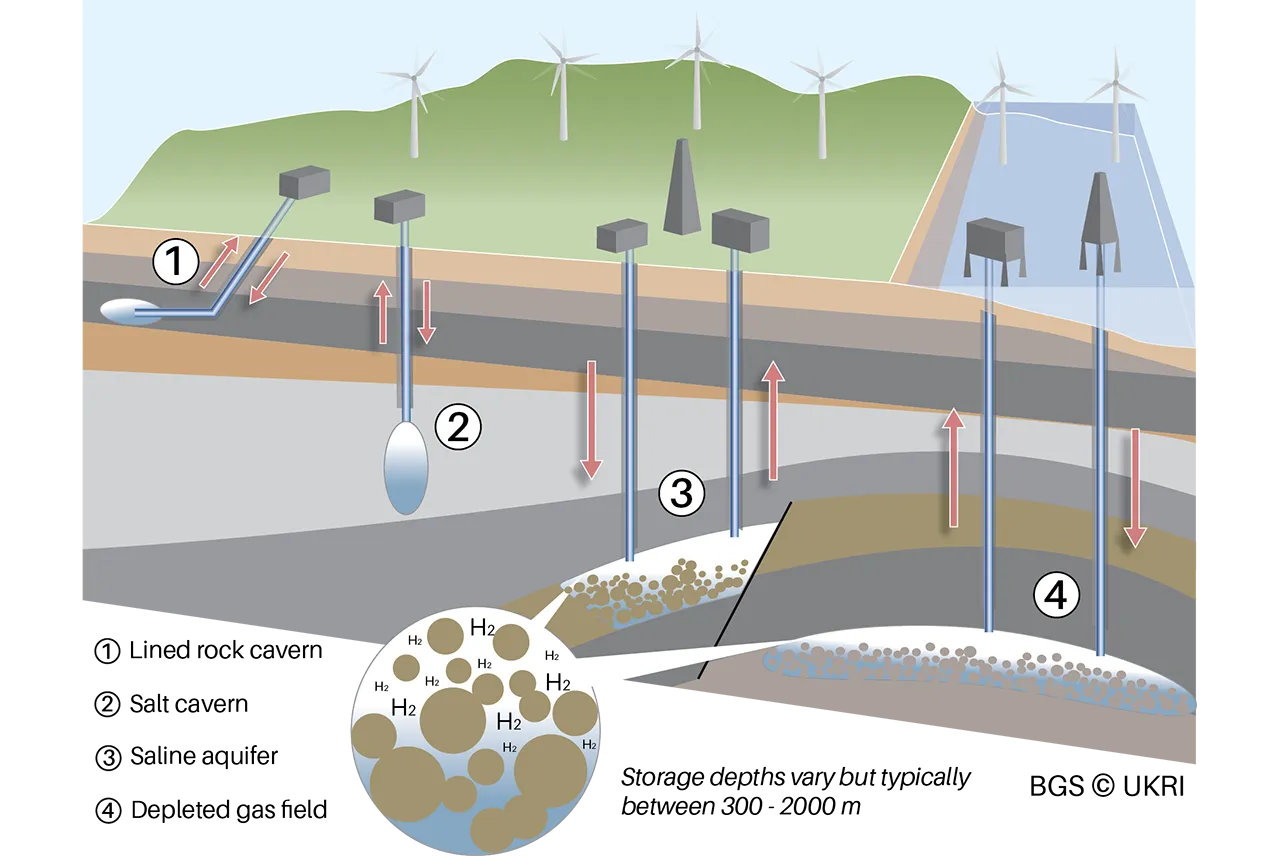
Making the case for underground hydrogen storage in the UK
03/04/2025
A new BGS science briefing note focuses on the potential of hydrogen storage to support the UK energy transition.
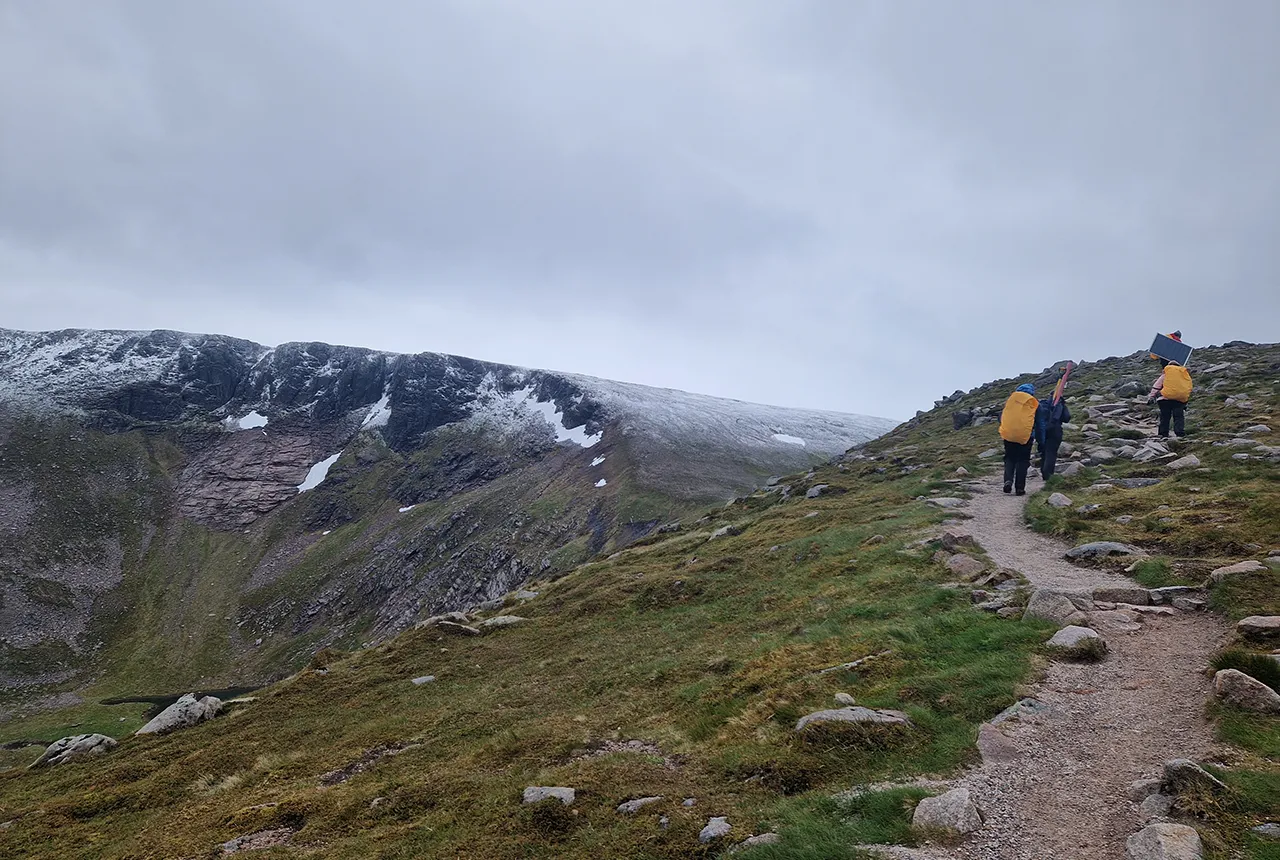
Exploring Scotland’s hidden energy potential with geology and geophysics: fieldwork in the Cairngorms
31/03/2025
BUFI student Innes Campbell discusses his research on Scotland’s radiothermal granites and how a fieldtrip with BGS helped further explore the subject.
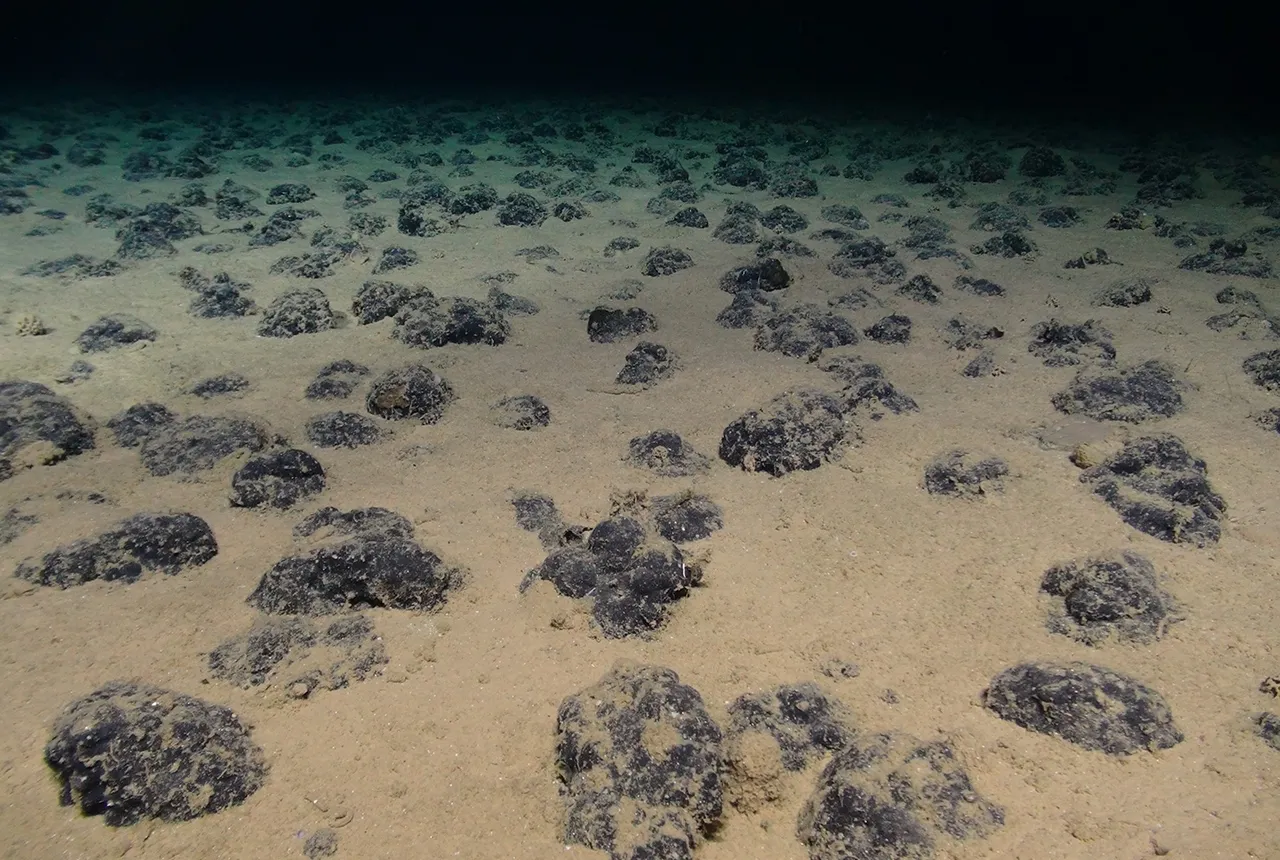
New study reveals long-term effects of deep-sea mining and first signs of biological recovery
27/03/2025
BGS geologists were involved in new study revealing the long-term effects of seabed mining tracks, 44 years after deep-sea trials in the Pacific Ocean.
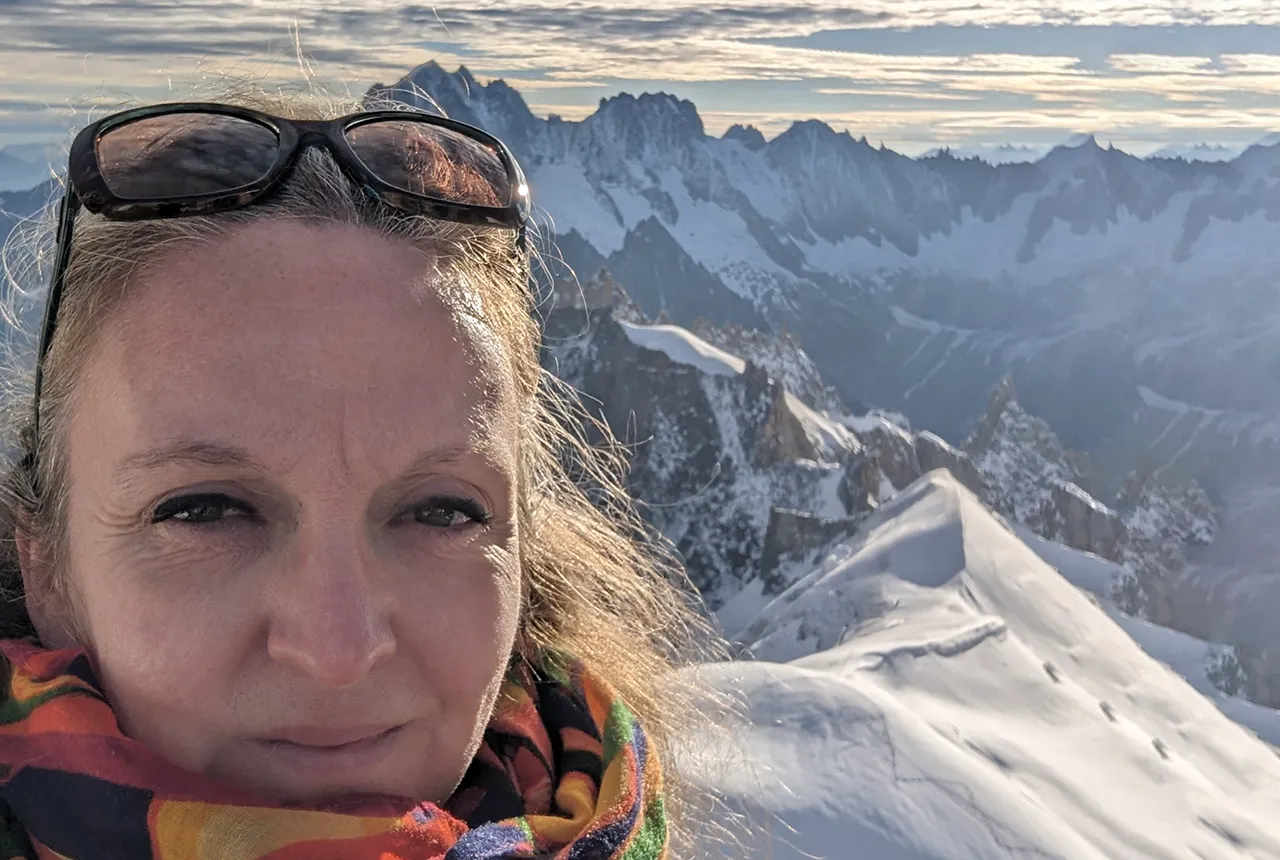
BGS announces new director of its international geoscience programme
17/03/2025
Experienced international development research leader joins the organisation.
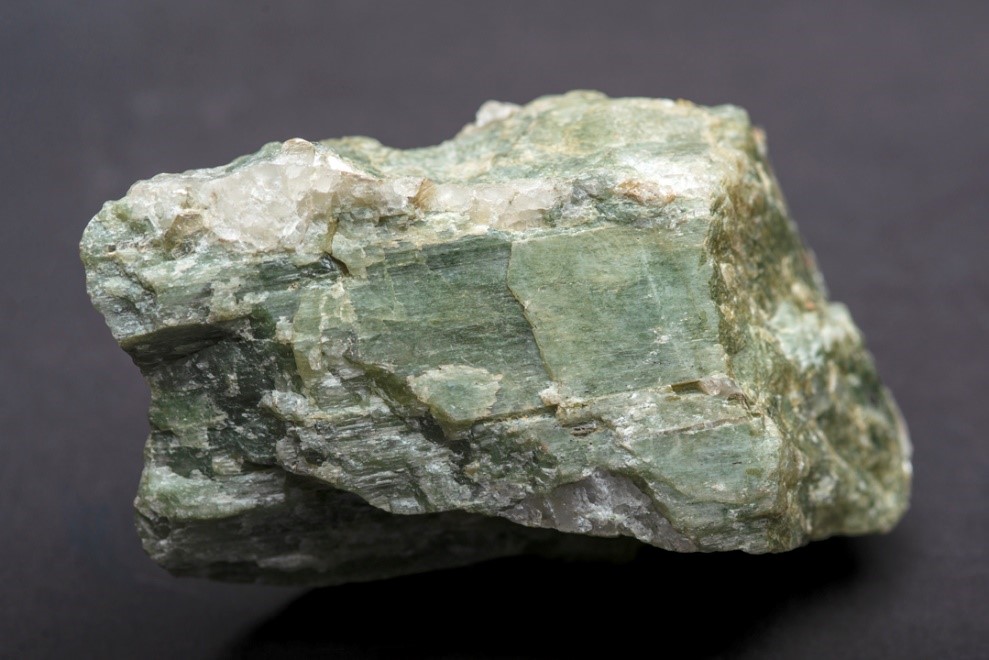
Future projections for mineral demand highlight vulnerabilities in UK supply chain
13/03/2025
New Government-commissioned studies reveal that the UK may require as much as 40 per cent of the global lithium supply to meet anticipated demand by 2030.
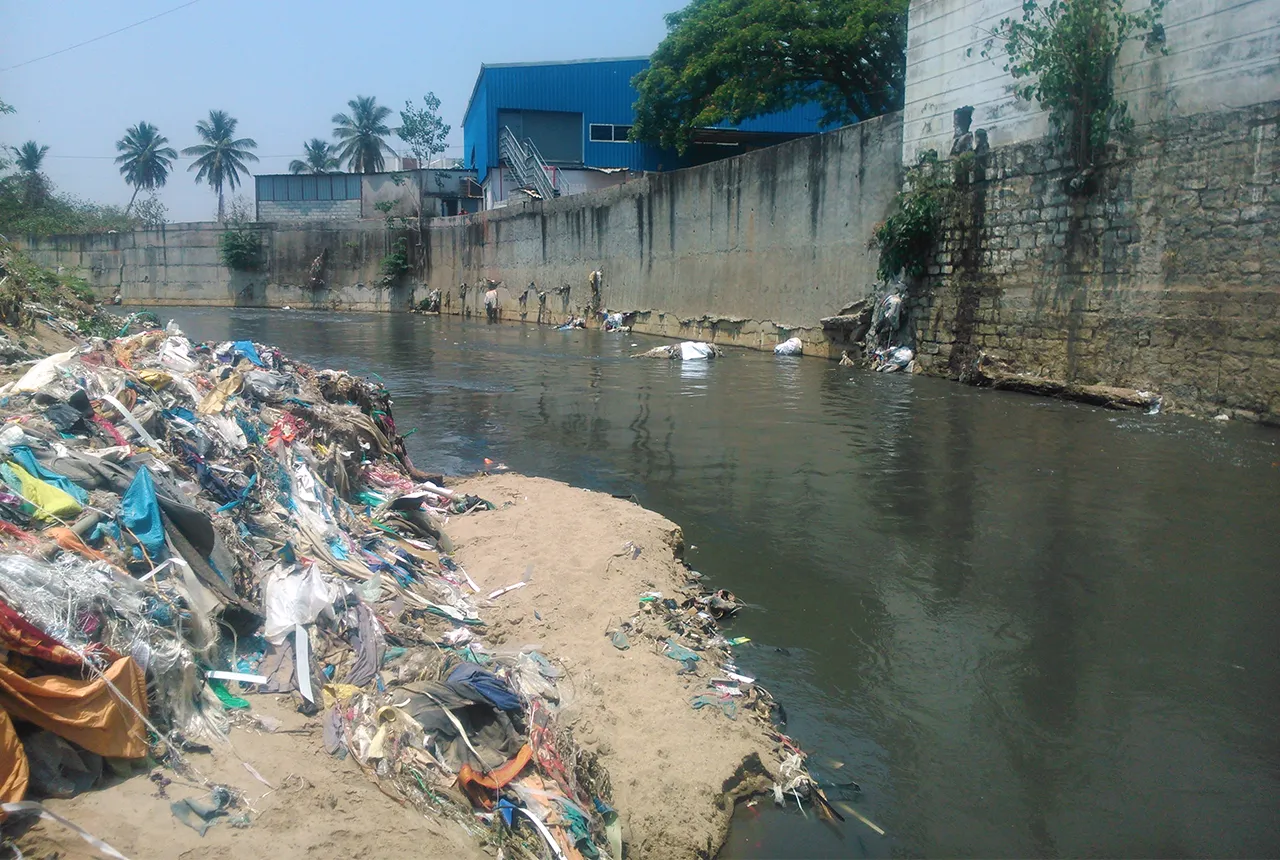
Presence of harmful chemicals found in water sources across southern Indian capital, study finds
10/03/2025
Research has revealed the urgent need for improved water quality in Bengaluru and other Indian cities.
